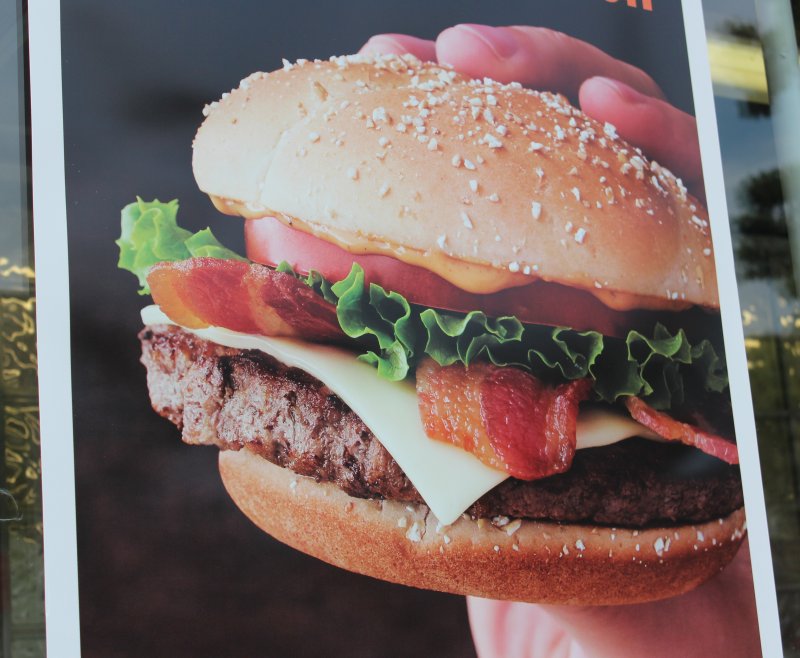Strong solar flare could disrupt navigation, lead to auroras
A major solar flare was seen as a bright flash at the sun's lower center this week, captured by NASA's Solar Dynamics Observatory. This is one of the strongest solar storms in the star's current weather cycle.

The solar storm has been classified as an 'X1-class flare,' space agency NASA said
A strong solar flare erupted earlier this week which could affect GPS and communication satellites in the coming days, and also cause auroras in Europe and North America, space agency NASA and weather agency NOAA said.
"Solar flares are powerful bursts of radiation," NASA explained in a statement.
"Harmful radiation from a flare cannot pass through Earth's atmosphere to physically affect humans on the ground, however — when intense enough — they can disturb the atmosphere in the layer where GPS and communications signals travel," it said.
The solar storm has been classified as an "X1-class flare," the space agency added.
"X-class denotes the most intense flares, while the number provides more information about its strength," it said.
This means that X2 would be twice as strong as the one on Thursday. According to NASA, flare classified X10 — 10 times the strength of current flare — or stronger is considered "unusually intense."
Space Weather Prediction Center of NOAA said an "R3 (Strong radio blackout) event took place due to an X1 flare," on Thursday.
The space flight of German astronaut Matthias Maurer, who is set to start his expedition to the International Space Station (ISS) on Sunday, is not believed to be at risk.
The high-energy particles emitted by the flare could also cause certain atoms in the Earth's atmosphere to glow, leading to auroras in Central Europe as well as North America.
However, the phenomenon could only be seen if the weather is clear.
With material from DPA news agency.
 A boy works in a cannabis field on the outskirts of Kandahar Photo: AFP / BULENT KILIC
A boy works in a cannabis field on the outskirts of Kandahar Photo: AFP / BULENT KILIC




 As for pandemic preparedness in the medium and long term, we need to turn our attention to identifying which other viruses pose a threat and work to develop vaccines and other defensive measures against those.
As for pandemic preparedness in the medium and long term, we need to turn our attention to identifying which other viruses pose a threat and work to develop vaccines and other defensive measures against those.

